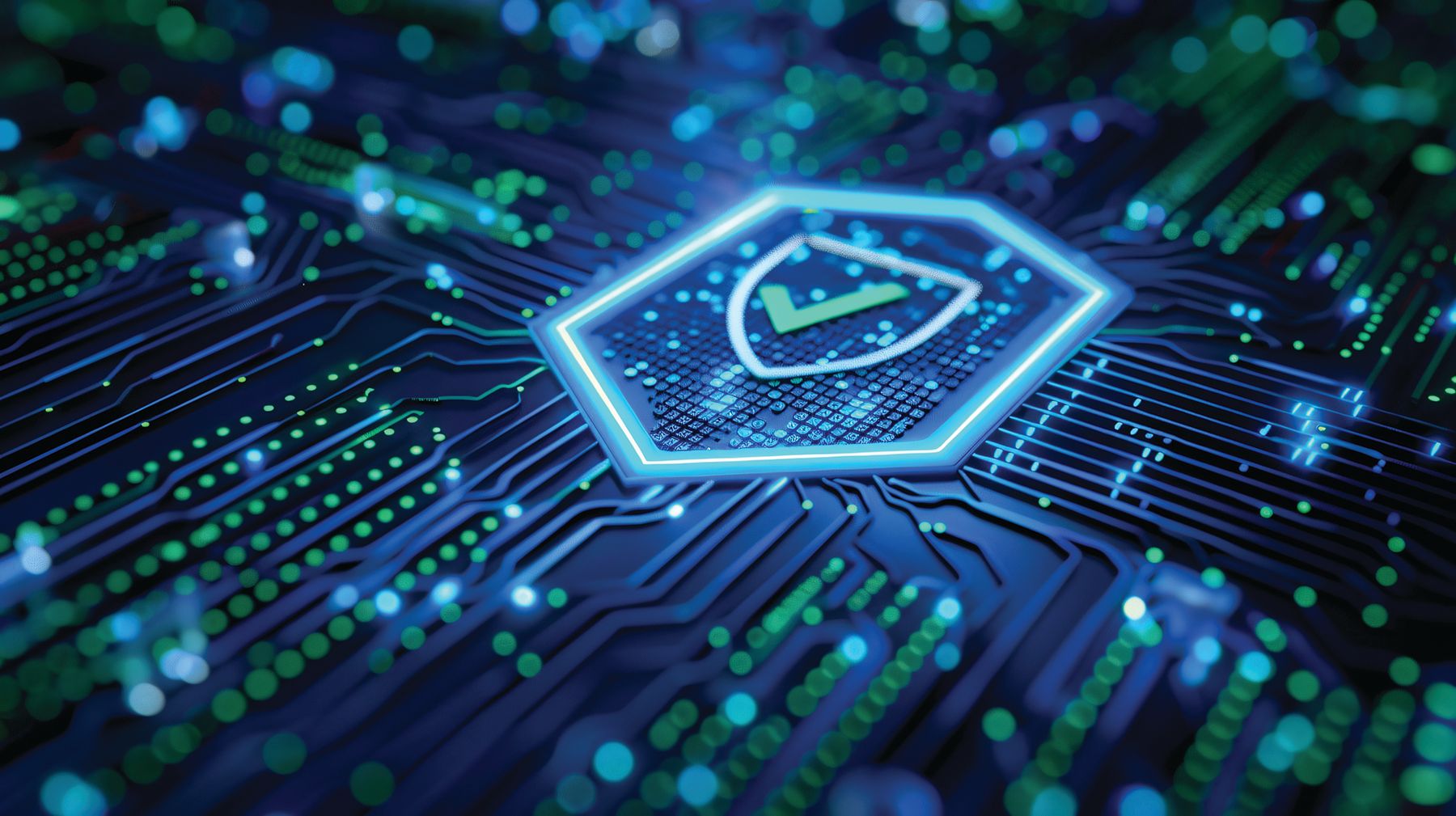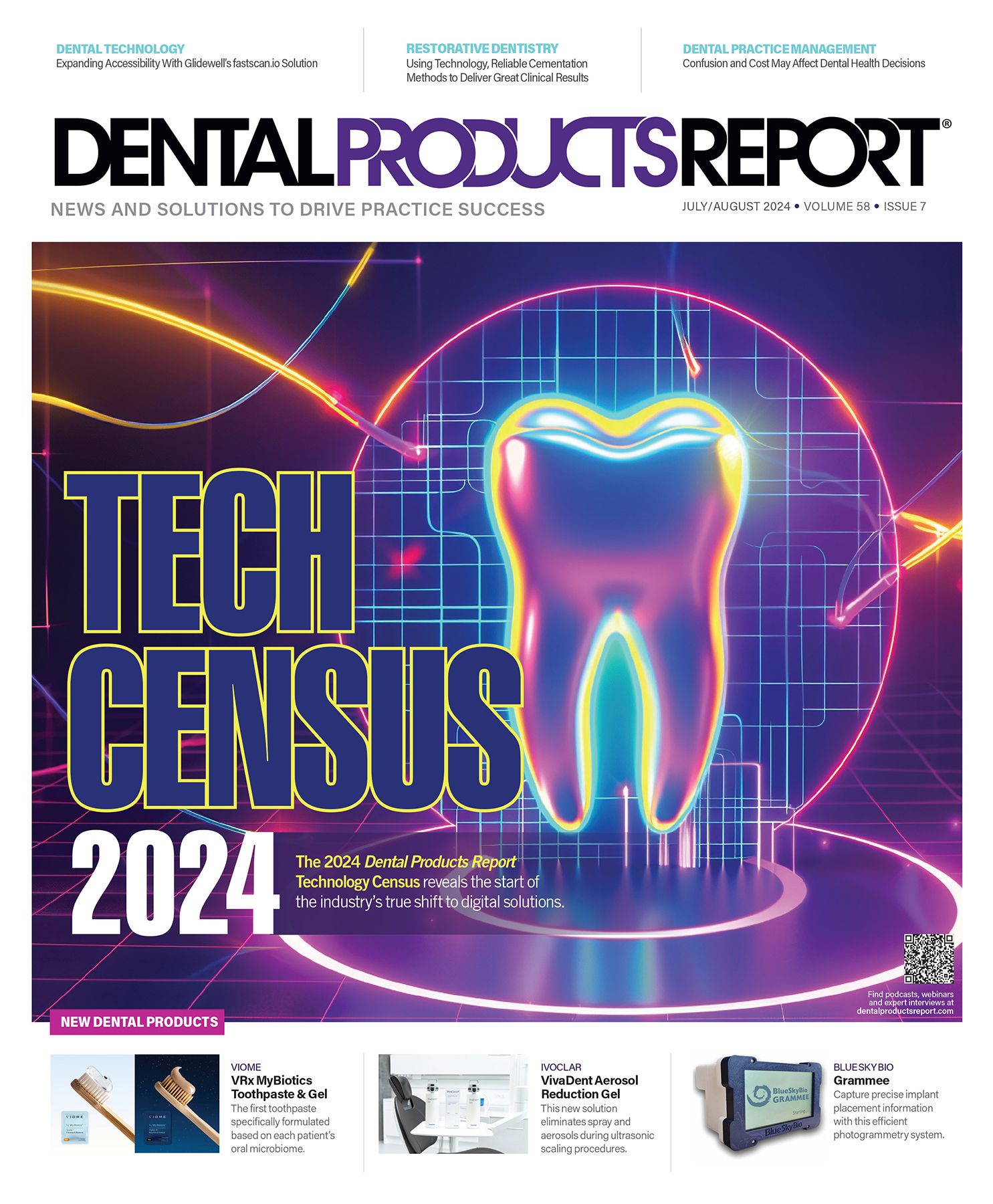Application Whitelisting in Dentistry: Enhancing Security and Compliance
By creating an application whitelist system, you can keep your operations running smoothly while reducing threats from malicious software such as ransomware.
Application Whitelisting in Dentistry: Enhancing Security and Compliance | Image Credit: © Tackey - stock.adobe.com

In the increasingly digital landscape of health care, protecting sensitive patient data and ensuring the integrity of clinical operations are paramount. Cybersecurity threats, such as ransomware and malware, pose significant risks to dental practices, potentially compromising patient care and data privacy. One effective measure to mitigate these risks is application whitelisting. This security approach can play a critical role in safeguarding your practice management software data and maintaining regulatory compliance.
What Is Application Whitelisting?
Application whitelisting is a cybersecurity practice that allows only preapproved applications to run on a system. Unlike traditional antivirus solutions that blacklist known malicious software, whitelisting takes a proactive stance by permitting only trusted applications. Any software not on the whitelist is blocked from executing, thus preventing unauthorized or potentially harmful programs from compromising the system.
Below are a few reasons why this is important.
Protect Patient Data
Dental practices handle vast amounts of sensitive data, including personal health information and electronic health records. A data breach can lead to severe consequences, including identity theft, financial loss, and damage to the practice’s reputation. Application whitelisting helps ensure that only verified applications access and manage these data, significantly reducing the risk of unauthorized access and data breaches.
Prevent Ransomware Attacks
Ransomware attacks are a growing threat to dental practices. These attacks can encrypt critical data, rendering it inaccessible until a ransom is paid. Application whitelisting prevents unknown and unauthorized applications, including ransomware, from executing within the system. By limiting the software that can run, you can effectively block ransomware from infiltrating your networks.
Ensure Compliance With Regulations
Dental offices must comply with various regulations and standards, such as the Health Insurance Portability and Accountability Act (HIPAA). HIPAA mandates stringent measures to protect patient data and ensure data confidentiality, integrity, and availability. Application whitelisting supports compliance efforts by providing a robust mechanism to control and monitor the applications that interact with patient data, thus meeting regulatory requirements for protection.
Maintain System Integrity and Availability
The availability of patient data systems is crucial for patient care. Downtime due to cyber attacks or system failures can have dire consequences, including delayed treatments and compromised patient safety. Application whitelisting helps maintain system integrity by preventing unauthorized modifications to critical software and systems. This ensures essential health care services remain available and operational.
So how do you get started?
Identify and Approve Trusted Applications
The first step is to identify all the applications necessary for day-to-day operations. This involves collaborating with information technology (IT), clinical staff, and administrative personnel to compile a comprehensive list of trusted software. Each application should be thoroughly vetted to ensure it is secure and necessary for office functions.
Deploy Whitelisting Technology
Once the list of trusted applications is established, health care organizations can deploy whitelisting technology. Various solutions range from built-in operating system features to third-party security software. The chosen technology should be compatible with the existing IT infrastructure and capable of managing the whitelist efficiently.
Continuously Monitor and Update
Application whitelisting is not a one-time setup; it requires continuous monitoring and updating. Practices must regularly review and update the whitelist to accommodate new applications and software updates. Continuous monitoring ensures any unauthorized attempts to run applications not on the whitelist are detected and blocked promptly.
Challenges and Considerations
Although application whitelisting offers significant benefits, it also presents challenges. Managing and maintaining an up-to-date whitelist can be resource intensive, requiring ongoing effort from IT staff; it really is something that dentists and their staff should not be doing. Additionally, whitelisting may inadvertently block legitimate software updates or new applications, potentially disrupting operations.

How Dentists Can Help Patients Navigate Unforeseen Dental Care
December 12th 2024Practices must equip patients with treatment information and discuss potential financing options before unexpected dental treatments become too big of an obstacle and to help them avoid the risk of more costly and invasive procedures in the future.
Product Bites – January 19, 2024
January 19th 2024Product Bites makes sure you don't miss the next innovation for your practice. This week's Product Bites podcast features new launches from Adravision, Formlabs, Owandy Radiology, Henry Schein Orthodontics, Dental Creations, and Dental Blue Box. [5 Minutes]